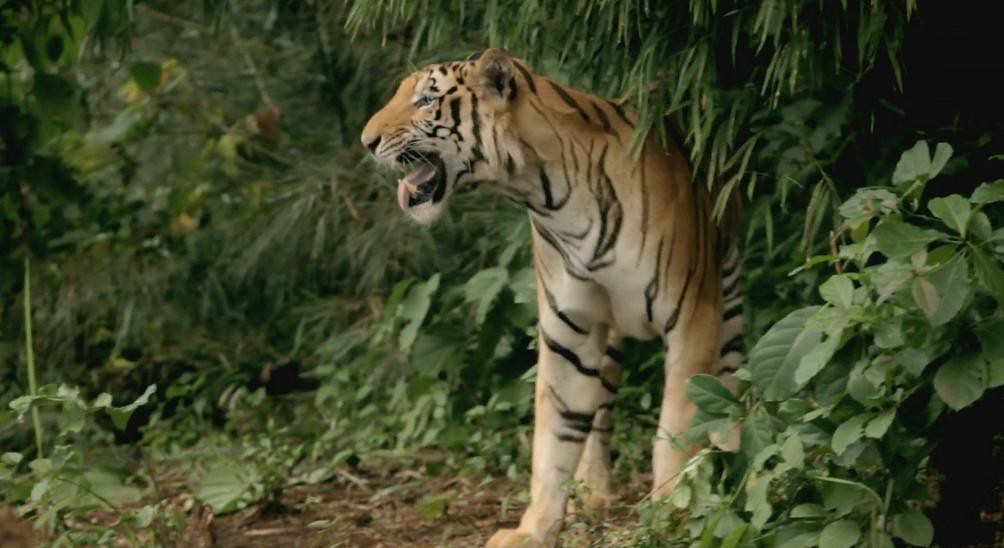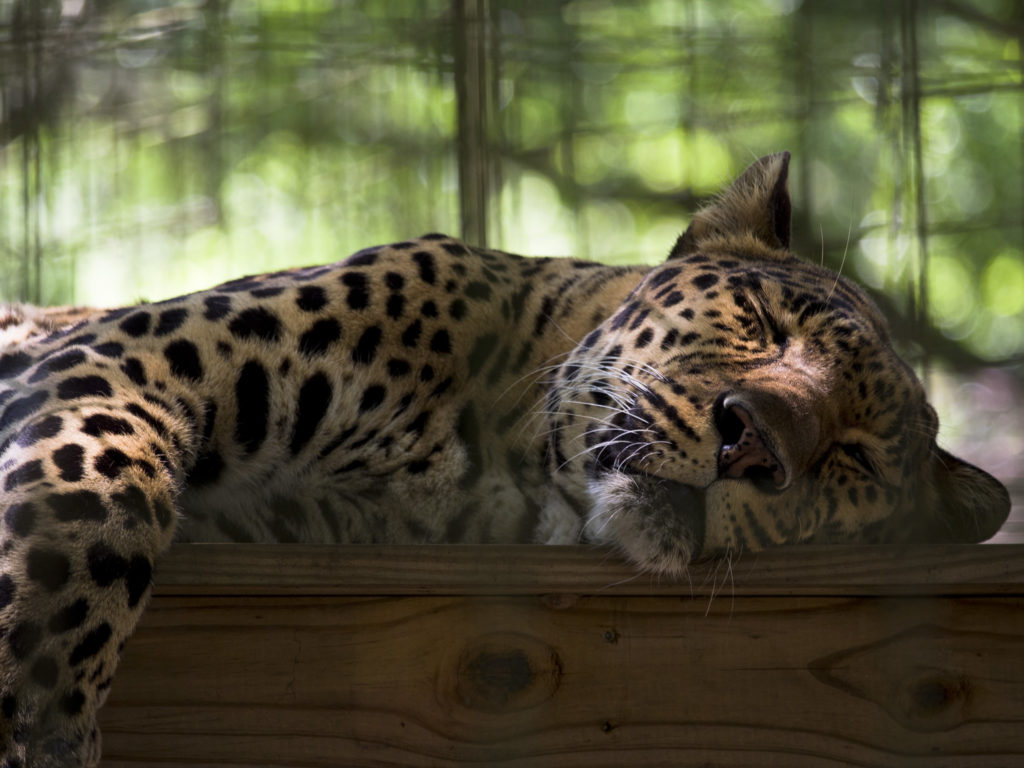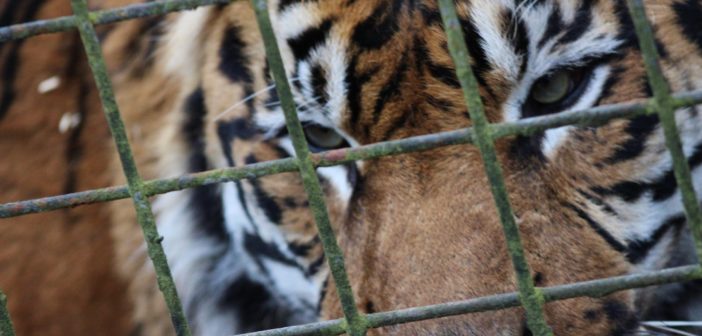By hyper-fixating on the lives and personalities of the big cat world’s more prominent members, the 2020 Netflix documentary series Tiger King: Murder, Mayhem, and Madness focused entirely on the wrong things. Since its release on March 20 of this year, the series has become immensely popular. Viewers quickly became enthralled by the eccentric cast of characters, thrilling murder plots, and adorable tiger cubs shown throughout the film. The sensationalization of the people in the documentary made for great television, but obscured what the main focus of the series should have been: that the abuse of privately-owned big cats in this country is a serious problem, and that legislation must be put in place to fix it.
As noted in the documentary, there are currently more tigers in American backyards than there are in the wild. The World Wildlife Fund estimates there are about 5,000 tigers in captivity in America, and only about 3,500 in the wild. There is no way to accurately count how many tigers are privately owned due to variations in federal, state, and local legislation regarding the ownership and sale of these animals. In Tiger King, Joe Exotic argues that by breeding big cats, he is helping to increase their numbers. However, the majority of privately owned tigers have been so interbred that they are no longer genetically consistent with any of the six breeds of tigers found in the wild. Further, the ownership and trade of big cats only promotes the illegal poaching and trade of tigers in Asia for their export to the states, which is the primary reason for tigers’ declining populations in the wild.

More tigers are privately owned in the United States today than remain in the wild. Image credit Official AVG, CC BY-SA 2.0.
Of course, the private ownership of big cats is also a risk to the animals themselves. Tiger King gave audiences a taste of this by showing the small, chain-link cages with gravel floors used at the Greater Wynnewood Exotic Animal Park, which cause physiological and psychological harm to the animals housed in them. The animals remain there until they are too old to turn a profit, and are then euthanized, sold, put in worse conditions, or bred to perpetuate the cycle. Furthermore, many roadside zoos and truck stops engage in cub petting, which is extremely harmful. According to PETA, the cubs are not allowed the rest they need to grow and develop, have weakened immune systems, and incur trauma from being separated from their mothers prematurely. The ownership of these cats is virtually unregulated due to inconsistencies in laws from state to state, allowing people to continue their inhumane practices unchecked.
The “cast” of Tiger King make entertaining and dynamic subjects. Their eccentricities and personal lives quickly became the main focus of the documentary, overshadowing the abuse and the complex and dangerous network of the private big cat industry. By focusing on Joe Exotic’s polygamy and interesting fashion sense, the series does not focus on how he kills perfectly healthy cats and treats them terribly. By delving into the history of Carole Baskin’s past relationships, the show groups her in with private owners, distracting both from the progress she has made in animal protection policies and activism, and that the Big Cat Sanctuary is not the same as the Greater Wynnewood Exotic Animal Park.
Since the release of the documentary, Carole Baskin has received countless death threats and does not feel safe going to work. Her conservation efforts have been halted from the negative backlash regarding the accusations surrounding her late husband’s disappearance. Kate Dylewsky, the senior policy adviser for the Animal Welfare Institute, has worked with Baskin for years trying to pass the Big Cat Safety Act, which would outlaw new private ownership of big cats, and will be explained further below. Dylewsky claimed that the documentary portrayed Carole in an undeserved negative light, and that her sanctuary truly is not the same as roadside zoos, as Tiger King would have viewers believe.

A leopard at the Florida Big Cat Rescue sanctuary. Image credit Stefanie Kraus, CC BY-SA 2.0.
In a blog post on her website, Baskin disputed many of the misconceptions generated by the film, noting that she does not allow any photography or touching of the animals, that generally fewer than 20 people are allowed in the park at a time, and that the smallest enclosure is “the size of a small house.” Further, the cats in her park are almost always adults, and are rescued from other private owners who can no longer care for them. They are not bred or sold, and “all sanctuary income … stays in the nonprofit to support its mission.” Carole’s conservation efforts led to the 2003 passage of the Captive Wild Animal Safety Act and Florida legislation in 2009, among other legislative protections. The negative backlash from the documentary, however, has discredited her in some activist circles and belittled her past efforts.
Tiger King focused on the wrong things, celebrating those who perpetuate a system of cruelty and demonizing those who have dedicated their lives to dismantling it. It also brushed over the Big Cat Public Safety Act, which would amend the Captive Wildlife Safety Act to prohibit the possession of big cats by individuals who are not licensed by the US Department of Agriculture. Carole Baskin has been working for years to get this act passed in Congress, and its necessity should be clear. The private ownership of big cats needs to end if these animals are going to be treated humanely. Though Tiger King mentioned the law and has generated support in favor of it, many people are still in the dark about the true cruelty that these animals experience. Director Eric Goode said that the documentary was supposed to be the “Blackfish” of the big cat world, but instead it became the “Keeping up with the Kardashians.” The documentary highlighted the wrong aspects of this situation, and in doing so has harmed conservation efforts and given fame to those who are entirely undeserving.
Featured image: a captive tiger looks out from a cage. Image credit carterg5289, CC BY-SA 2.0.





